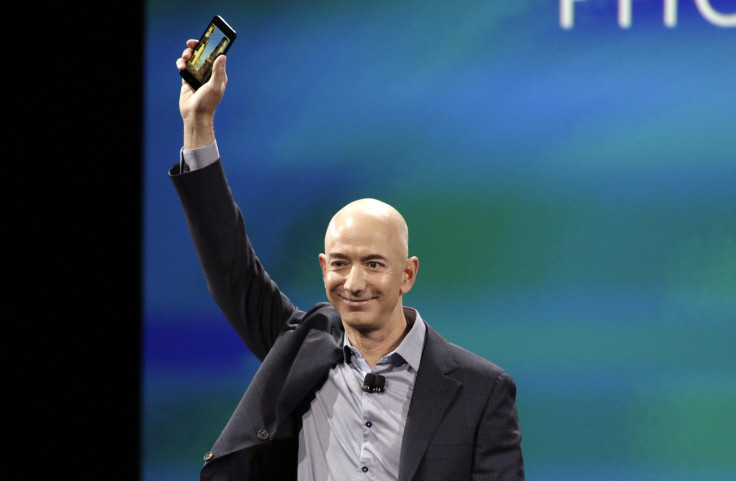Amazon Exec Says Fire Phone Was Priced Wrong: But What Else Doomed The Smartphone?

“We didn’t get the price right,” Amazon.com Inc.’s senior vice president of devices, David Limp, admitted in a Fortune interview about the company’s failed Fire Phone. But the reality is that pricing wasn’t the only thing the firm’s executives got wrong.
From the outset, there was little to differentiate the Amazon Fire Phone from the competition. Sure, it had a few unique features, such as its 3D Dynamic Perspective screen, its access to the Firefly application that can scan more than 100 million physical items, and others. But they appeared gimmicky at best, leaving prospective purchasers without a compelling reason to jump over from Apple Inc.’s iOS or Google Inc.’s Android platform. Meanwhile, the Fire Phone, running a form of the Android mobile operating system, was tied not to Google Play but to Amazon’s own smaller app store.
Concerning Firefly, the problem was that users tried it on only a few things, and it didn’t always work, said Carolina Milanesi, chief of research and head of Kantar Worldpanel ComTech U.S. Business. “You started to see it as just a gimmick. I think, from a user perspective, the value was quickly diminished.”
Adding to the reasons why consumers might not want to make the switch from Apple’s iOS or Google’s Android platform, the Fire Phone was exclusively on the AT&T Inc. network. It was an approach that worked with Apple’s iPhone in its early days, but the strategy didn’t necessarily benefit Amazon at all, as seen by the Fire Phone’s poor sales.
“I think people come to expect a great value, and we sort of mismatched expectations,” Limp told Fortune. “We thought we had it right. But we’re also willing to say, ‘We missed.’ And so we corrected.”
It was an expensive correction for Amazon, amounting to $170 million in costs associated with the smartphone. It had $83 million worth of unsold Fire Phones in its inventory at the end of third quarter. According to the Guardian, the firm may have sold as few as 35,000 units by late August. But that was before the 32-gigabyte model’s subsidized price was cut from $199 to 99 cents in September, which Limp said helped boost sales.
So what does Amazon do now?
The company says it plans to continue working on the Fire Phone, taking a long-term approach to its turnaround, much as it did with the Kindle. However, the e-reader and smartphone markets are vastly different. It remains to be seen how well the firm will do when it has to contend with two dominant ecosystems, as well as smaller competitors such as BlackBerry’s signature devices and Microsoft’s Windows Phone.
© Copyright IBTimes 2024. All rights reserved.





















